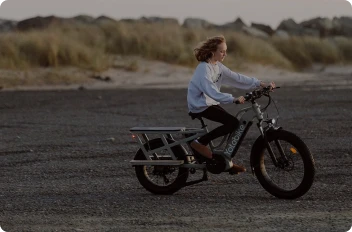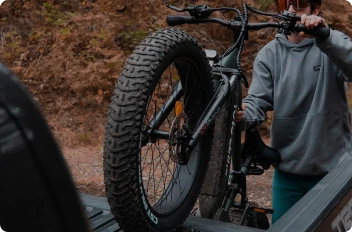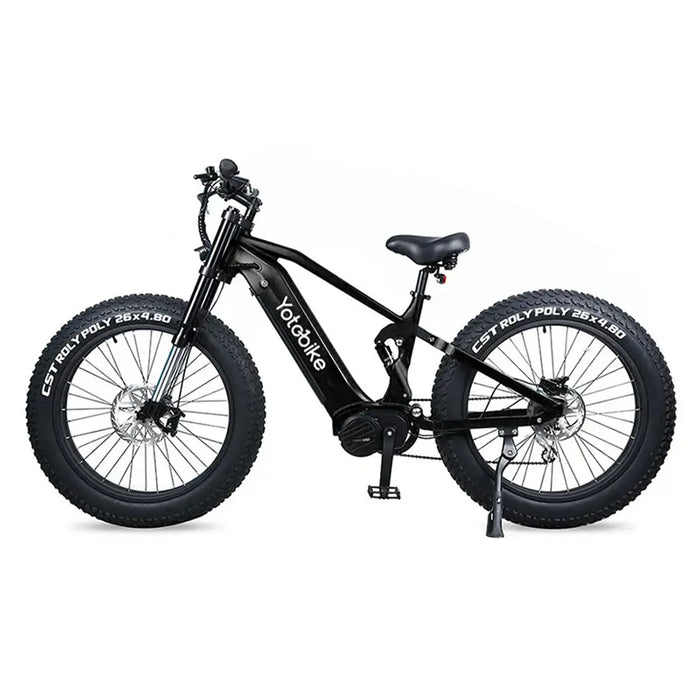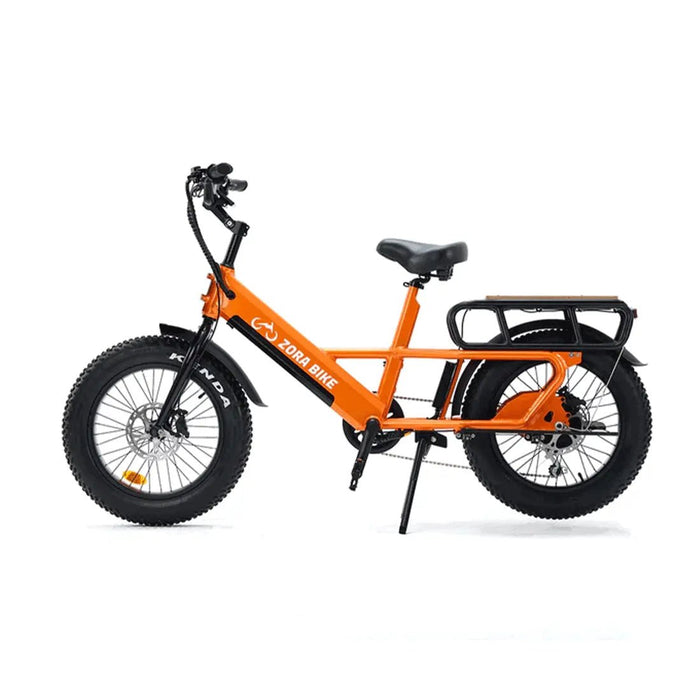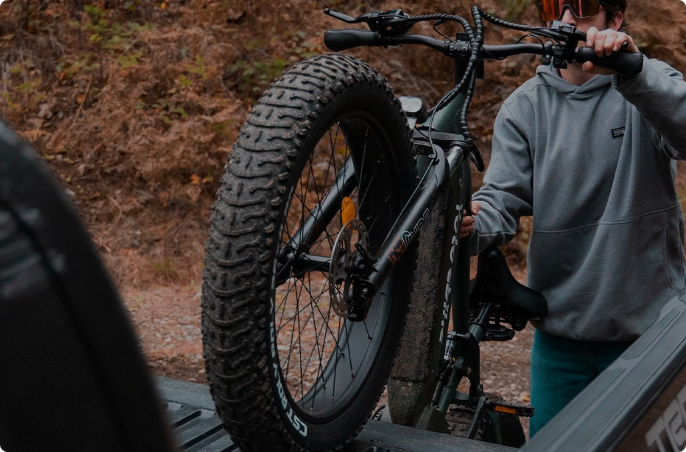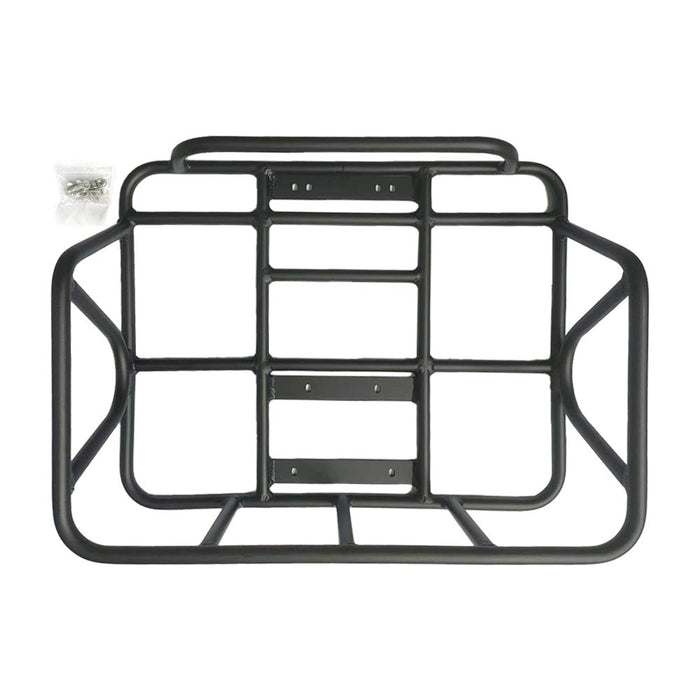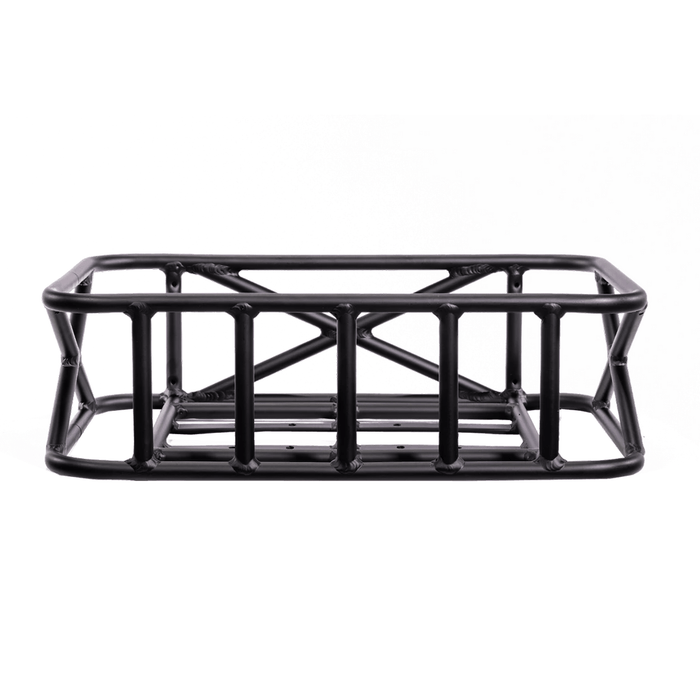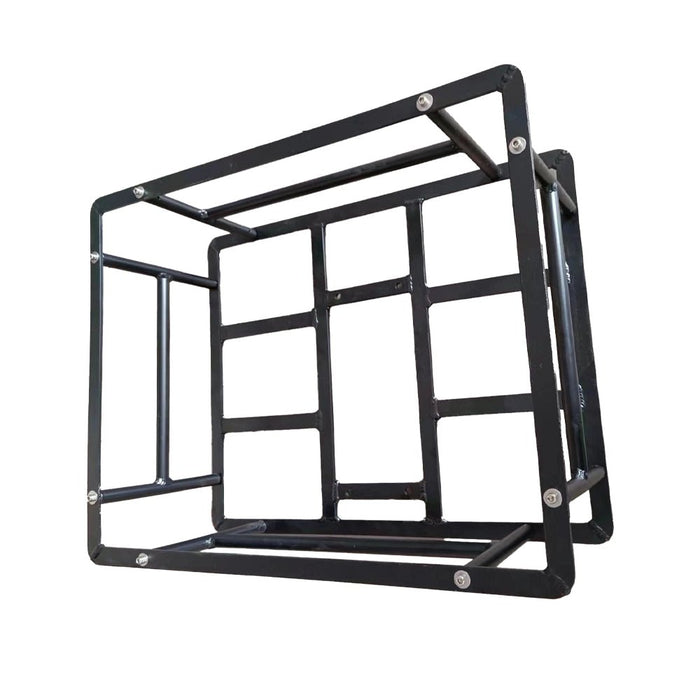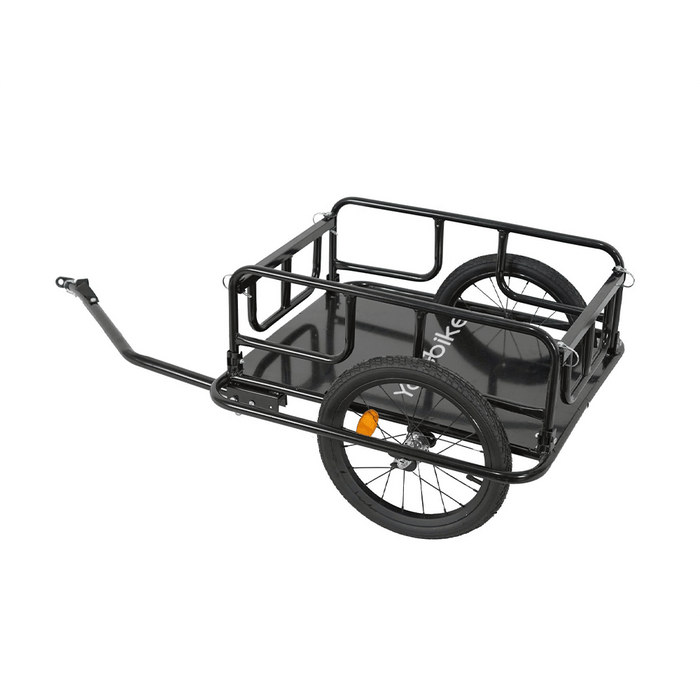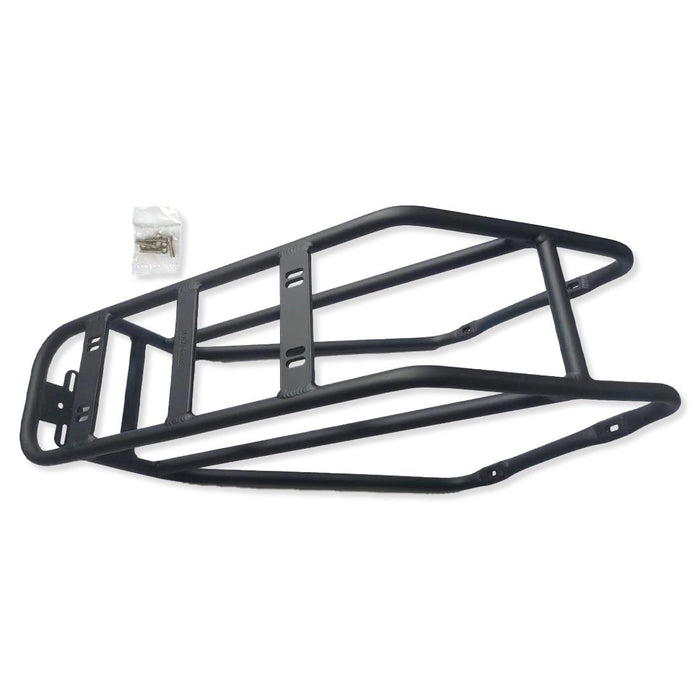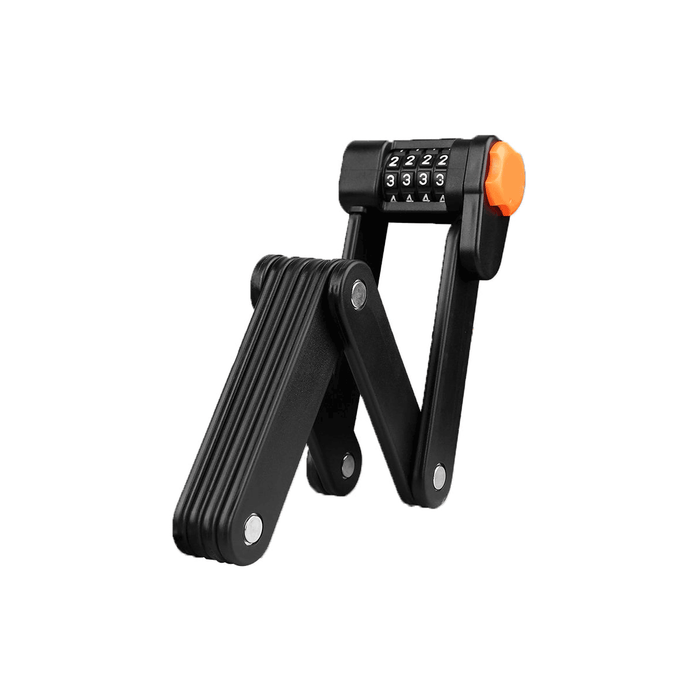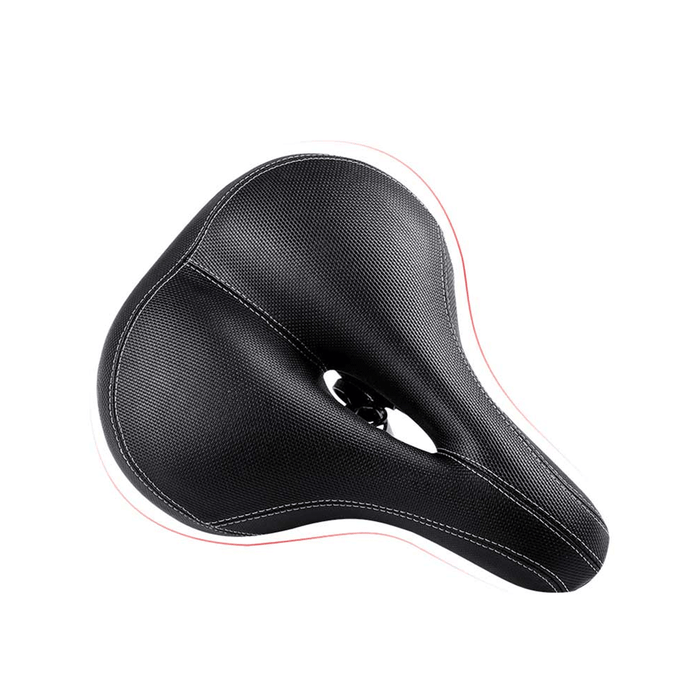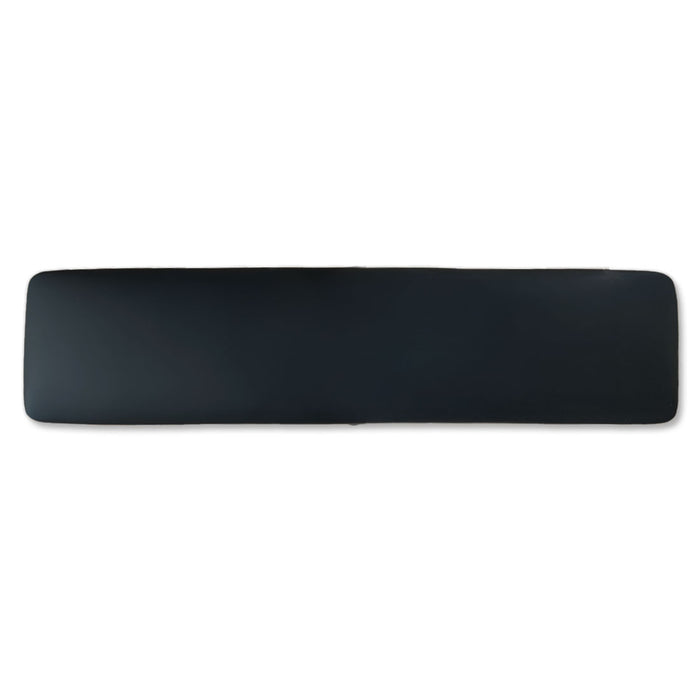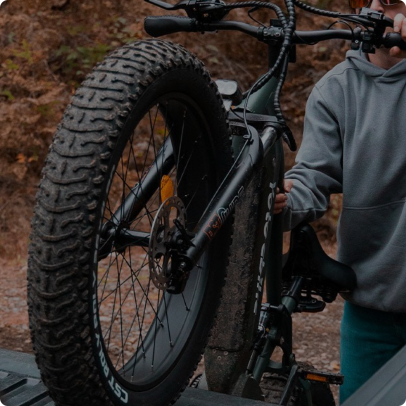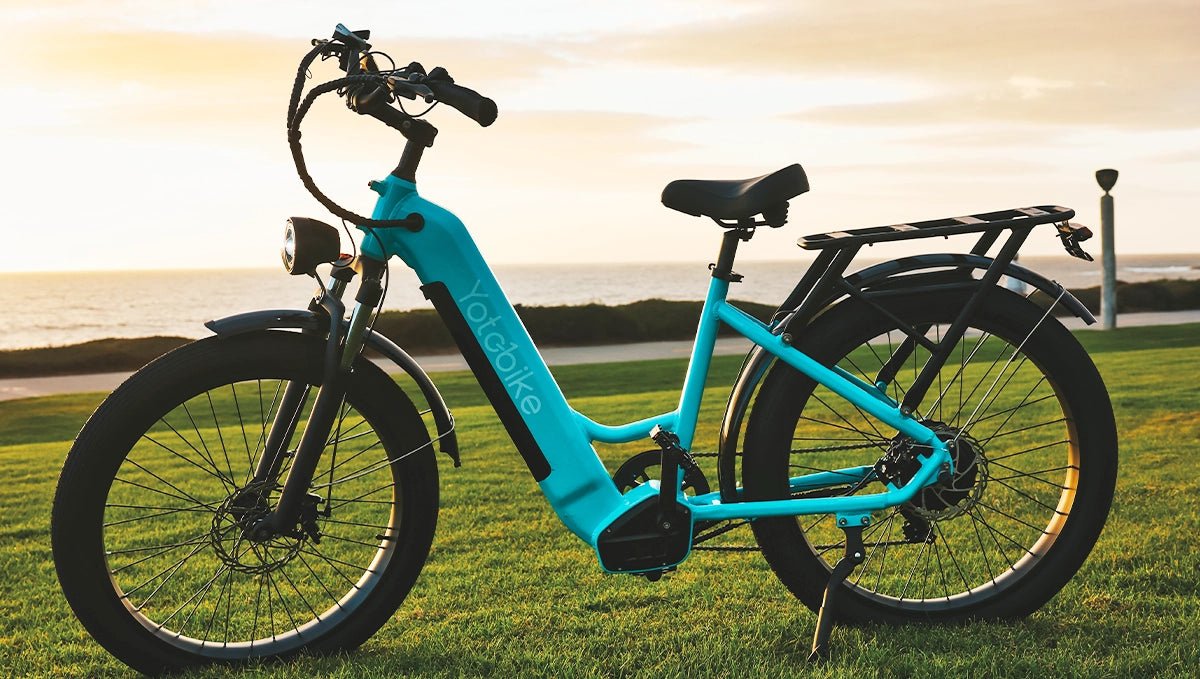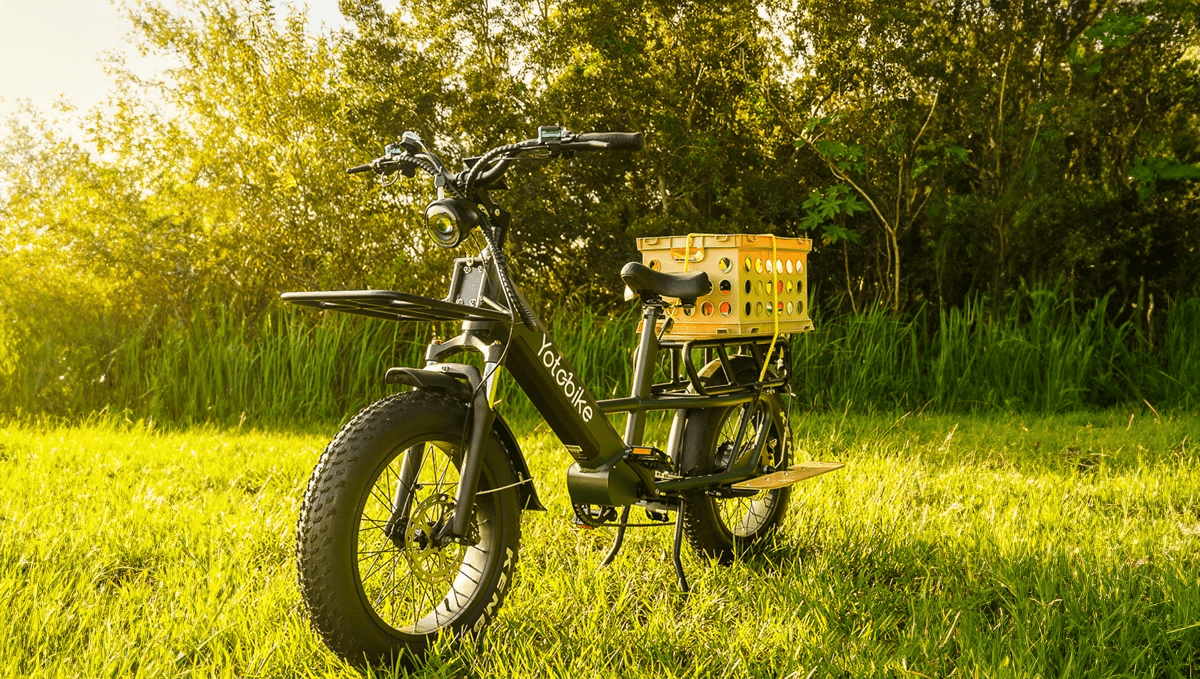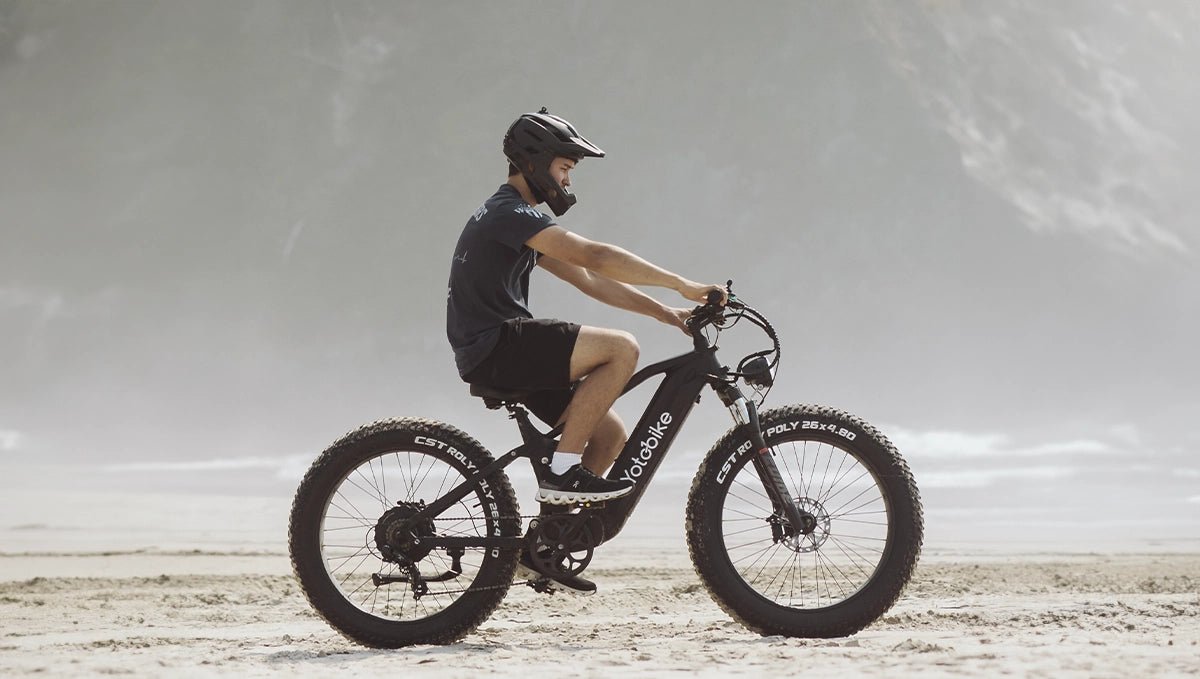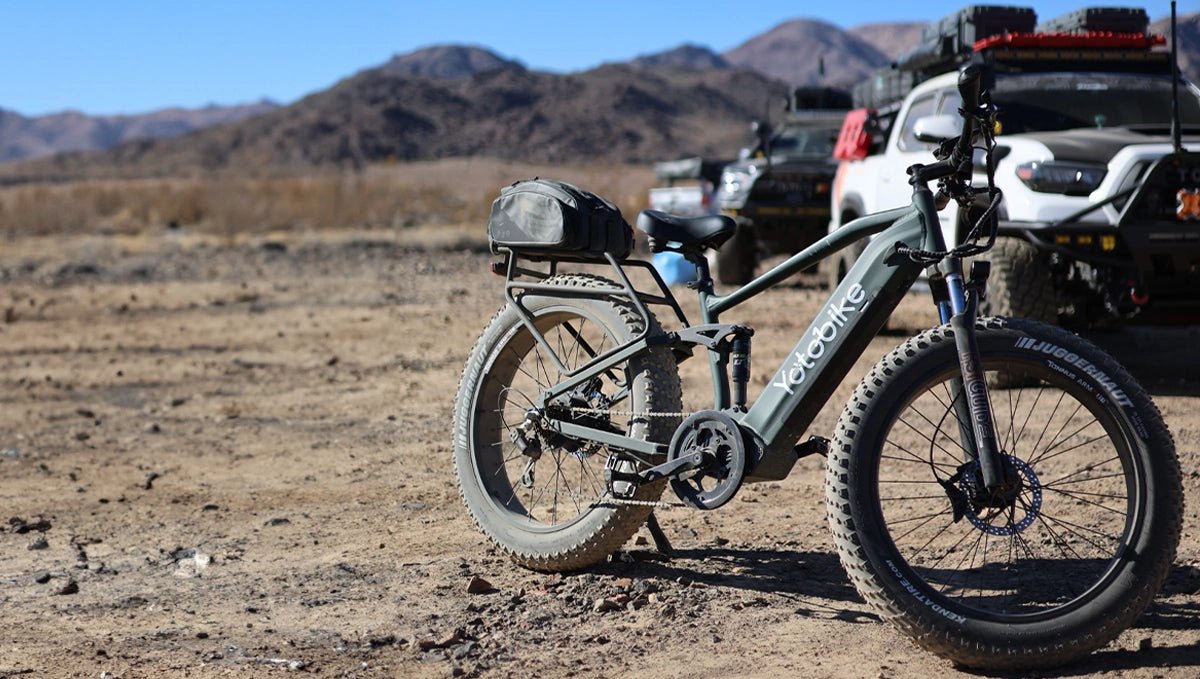
Electric bikes, or ebikes, are quickly becoming a popular mode of transportation. They’re eco-friendly, cost-effective, and offer a fun way to get around. But if you’re considering investing in one, you might be wondering: Are electric bikes waterproof? This is an important question, especially if you live in an area with frequent rain or unpredictable weather. The thought of your ebike short-circuiting or losing power due to water exposure can be worrying. Let’s dive in to understand how well electric bikes can handle water and what happens when they get wet.

Are Ebikes Waterproof?
When it comes to ebikes, one of the most frequently asked questions is: are ebikes waterproof? While it would be great if we could say, “Yes, they are 100% waterproof!” the truth is, it's not that simple.
Water Resistance vs. Waterproof
Let's clear up a common misconception: no ebike is entirely waterproof. While many ebikes boast water resistance, there's a crucial distinction between the two. Think of it like your smartphone—it might survive a light rain shower, but dunk it in a pool, and you're likely looking at a hefty repair bill. Similarly, an ebike can handle some splashes, but prolonged exposure to heavy rain or submersion can lead to damage.
Can an Ebike Get Wet?
Just like a traditional bike, your ebike is bound to get wet at some point. Rain showers, puddles, even a stray sprinkler can leave your ride a bit damp. While most components can handle a bit of moisture, it's the electrical heart of your ebike that needs special attention.
Think of it like this: the battery and motor are the vital organs, and water is, well, not exactly their best friend. If these crucial parts get soaked, you're risking damage to your bike—or worse, an unexpected jolt.
A light drizzle? No biggie. Your ebike can handle that. But if the rain starts coming down in buckets, it's time to take cover. When water levels rise high enough to reach the side of your bike, it's best to power down the motor and seek shelter.

Remember, a running motor is more susceptible to water damage. If it gets wet while inactive, there's a good chance it can be dried out and brought back to life. So, when in doubt, power down, pat it dry, and give it some time to recover. Treat your ebike like you would a laptop or smartphone—keep it out of heavy rain and avoid submerging it in water.
Long story short, you can ride your ebike in light rain, but take precautions to protect it from excessive moisture. Remember, water resistance doesn't mean waterproof!
Can You Ride an Ebike in the Rain and What Will Happen?
The good news is, you absolutely can ride your ebike in the rain. Ebikes are designed to withstand typical weather conditions, including showers. Most reputable manufacturers ensure critical components like the motor and battery are well-protected. Think of it like a sturdy raincoat for your ebike's vital organs!
These components often have robust casings designed to keep out dust, dirt, and yes, water. You will often see an “IP rating” associated with these parts, indicating their level of protection. An IP rating of 5 or 6 is common for ebike batteries, signifying they're dust-proof and can handle water jets. So, a bit of rain shouldn't cause any issues.
While riding in light rain is generally safe, there are a few potential challenges to be aware of when navigating wet conditions. Let’s explore some of the common issues you may face and how to address them:
Potential Electrical Problems
Even though most electric bikes are built with water-resistant casings around their sensitive components, water could still find a way in, especially if the casing is damaged or the seals aren’t perfectly tight.
If water gets into the motor or battery, it could cause short circuits or corrosion, leading to permanent damage. The bike might lose power or shut down unexpectedly. For this reason, it’s important to inspect your bike regularly and ensure the seals around the battery and motor are intact.
Reduced Traction
Rain transforms the road into a potential slip-and-slide. Even surfaces that seem safe in dry conditions can become treacherous when wet. Painted road markings, metal plates, and fallen leaves can turn into unexpected hazards. To maintain control, it's crucial to reduce your speed, avoid sudden maneuvers, and exercise extra caution in areas prone to pooling water.

Braking Distance Increases
Wet conditions impact the performance of your brakes. Water on your rims and brake pads reduces friction, meaning it takes longer for your ebike to come to a complete stop. It's essential to anticipate stops and begin braking earlier than usual. Periodically test your brakes during your ride to assess their responsiveness and adjust your braking accordingly.
Poor Visibility
Riding in the rain can feel like peering through a blurry window. Heavy downpours significantly reduce visibility, making it challenging to see road hazards, other vehicles, and pedestrians. Water droplets on your glasses or goggles can further distort your vision, adding another layer of difficulty to navigating safely. Additionally, remember that you're also less visible to others on the road. To enhance your safety, equip your ebike with bright lights and consider wearing reflective or brightly colored clothing.
What to Consider When Riding an Ebike in the Rain?
When riding your electric bike in the rain, there are several things you should keep in mind to ensure a safe and smooth experience.
- Slow down and be cautious: Wet roads are slippery. Reduce your speed, take turns gently, and brake earlier than usual to maintain control.
- Enhance visibility: Use front and rear lights, even during the day, and wear bright or reflective clothing to ensure others can see you.
- Check tire pressure: Check tire pressure: Slightly lower tire pressure can improve traction on wet surfaces. A bike like the Yotobike electric bike, with its fat tires, offers enhanced stability and grip, making it an excellent choice for wet or uneven terrain.
- Dress appropriately: Wear waterproof gear to stay dry and warm. Choose breathable fabrics to avoid overheating.
- Avoid puddles and debris: Steer clear of deep puddles to protect your ebike's electrical components. Be mindful of slippery debris like leaves and oil on the road.
- Limit exposure to heavy rain: While ebikes are water-resistant, prolonged exposure to heavy rain can damage seals and lead to water ingress. If possible, seek shelter during downpours.
- Dry your ebike thoroughly: After riding in the rain, wipe down your ebike to remove excess water and prevent rust and corrosion. Pay particular attention to the battery and electrical connections.
- Maintain your ebike regularly: Regular maintenance is essential, especially after riding in wet conditions. Lubricate the chain, check brake pads, and inspect electrical components for any signs of water damage.
Maintenance Practices for Wet Ebike
After riding your electric bike in the rain, taking care of it properly is key to ensuring it stays in good condition. Here’s what you should do:
- Dry thoroughly: Wipe down your ebike with a soft cloth, paying special attention to the battery, motor, display, and other electronic areas.
- Avoid direct water jets: Don't use high-pressure water jets to clean your ebike. Use a damp cloth or a soft brush instead.
- Lubricate moving parts: Water can wash away lubricants, so reapply lubricant to your chain, gears, and other moving parts after a wet ride.
- Check electrical connections: Carefully examine all the electrical connections on your e-bike, looking closely for any signs of dampness or corrosion. If you find any, dry them thoroughly and consider applying a protectant spray.
- Charge the battery indoors: If your battery is removable, bring it indoors to charge. This will help prevent moisture buildup and ensure a safe charging process.
- Indoor storage: Whenever possible, store your ebike indoors after a wet ride. This will protect it from further exposure to the elements and allow any residual moisture to evaporate.
Conclusion
So, are electric bikes waterproof? The answer is that most ebikes are water-resistant, but not fully waterproof. They can handle light rain and splashes, but they’re not built for being submerged or exposed to heavy, prolonged rain. Riding an ebike in wet conditions can be safe as long as you take the necessary precautions. Don’t forget to properly maintain your bike after riding in the rain, and it will continue to serve you well. So, go ahead—don’t let a little rain stop you from enjoying the ride!
FAQs
What happens if an electric bike gets wet?
If an electric bike gets wet, it can face several issues. Water may damage electrical components like the motor and battery, potentially causing malfunctions. Prolonged exposure to moisture can lead to rust and reduce the bike's overall lifespan. While many ebikes are designed to handle some water, it’s best to avoid heavy rain and standing water to keep your bike in top condition.
Is it OK to leave Ebikes in the rain?
Leaving an ebike in the rain is not ideal. While many ebikes are water-resistant, prolonged exposure to rain can lead to damage, including rust and potential issues with electrical components. It's best to store your ebike in a dry, sheltered location or use a waterproof cover to protect it from the elements. This helps ensure its longevity and optimal performance.
How do I protect my eBike in the rain?
To protect your ebike in the rain, use a waterproof cover to shield it from moisture. Store the battery indoors to prevent damage. After the rain, remove the cover to let any trapped moisture evaporate. Additionally, regularly check for water ingress and clean your bike to prevent rust and other issues.
